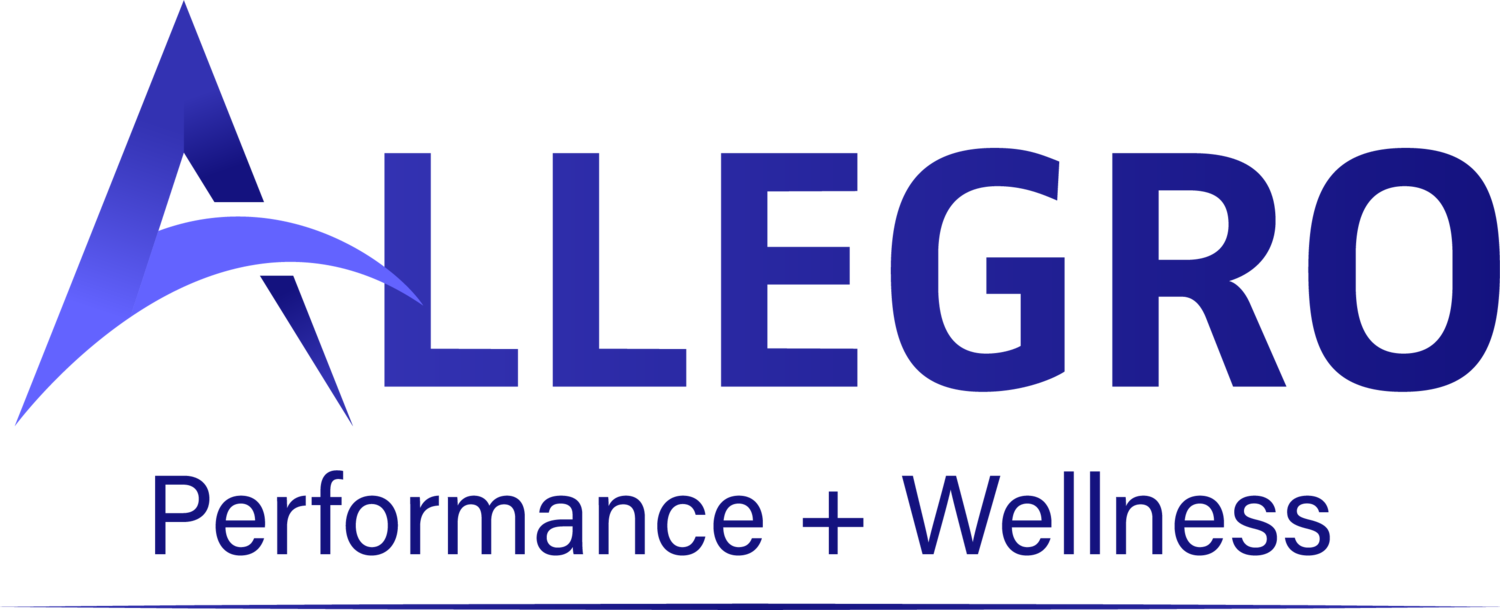Tendonitis in Dancers: What You Need to Know
Tendonitis is a very common diagnosis and problem that dancers face.
If you're a dancer yourself, a dance teacher, or a dance parent, you're probably very familiar with tendonitis in dancers and how it can affect rehearsals, performances, and performance as a whole.
Tendonitis can also be a very frustrating thing to deal with for dancers, because healing requires work outside of regular dance classes and school.
Let's talk about what tendonitis is, the common causes, and the common treatments for tendonitis in dancers, specifically.
What is a tendon?
Let's first talk about what a tendon actually is.
A tendon is a structure that attaches muscle to bone. They are non-contractile tissues composed of collagen fibers (which makes them different that muscles).
They are also not as flexible as muscles, which makes them very strong.
They serve to help absorb shock and transmit force between the muscle and the bone and assist with elastic recoil, which is especially helpful when landing from a jump.
Something that is unfortunate about tendons is that they have limited blood supply. This can affect potential healing of the tendon and extend the time that it takes to fully heal. Good blood supply means fast healing. With a limited blood supply, we know that it will take longer for a tendon strain to heal, compared to a muscle belly strain.
When tissues in the body are stressed (in this case tendons) there is some micro damage that occurs. In most cases your body is able to repair this damage before the next bout of training/stress. When loading occurs at a faster rate than your body can repair, tissue breakdown begins to occur and we begin to experience pain in the area
Why we are more commonly using the term "tendinopathy" over tendonitis
Two terms used when describing this type of injury are tendonitis and tendonopathy.
Let's talk about the difference.
Tendonitis vs tendonopathy:
-itis = inflammation; commonly seen in acute injury; means there is an active inflammatory response going on; usually only lasts for ~48hrs; pain that persists is most likely not due to acute inflammation
-osis = more chronic injury; exacerbated by mechanical loading; generally associated with degeneration (at a tissue level) of the collagen that forms the tendons
While many people use interchangeably, they are slightly different. We're typically referring to tendinopathies when it comes to dancers, because they are more chronic injuries that are made worse when we have chronic loading, ie lots of rehearsals, classes, lots of jump practice, etc.
Types of Injuries that can happen to a tendon
There are many different types of injuries that can happen to a tendon. Briefly, here are four:
tendonitis/tendinopathy
tenosynovitis: inflammation of the fluid-filled synovium within the tendon sheath
partial tear
full-thickness tear
We'll focus on tendonitis in this post, but it's important to note that a tear, which is also very well-known, is different than tendonitis.
Common causes of tendinopathy in dancers
As we went over above, we're always looking at tendinopathy as an injury that is typically chronic and is exacerbated by loading, which just means using that muscle/tendon.
Here are some common causes of tendinopathy in dancers:
Sudden changes in loading (especially increases in loading like what happens with start of a new season, increased rehearsal for shows, etc)
change in dance floors/surfaces/footwear
Age (increased likelihood with increasing age)
Weaknesses in other areas of the body causing overloading on the tendons
Common body parts/areas of tendon issues in dancers:
Some parts of the body are more susceptible to tendon issues than others. Here are some common areas that dancers can see tendinopathy pop up:
FHL (commonly known as Dancer’s Tendonitis)
Achilles tendon
Tibialis posterior
Anterior hip (psoas)
Hip rotators (glute med/min)
Patellar tendon
Treatment of tendinopathy in dancers
While every dancer is different, there are some very common treatments utilized when a dancer has tendinopathy.
Here are some of my personal favorites that I use inside my clinic:
activity modification – determined by tissue reactivity; settled within 24hrs; don’t increase more than 2/10 on VAS with activity
gradual increase to loading tolerance – isometrics, low load high volume, heavy slow resistance
address imbalances above/below area of issue
Modification of flooring, footwear, etc
Please know that if you have tendonitis, your dancer/child has tendonitis or tendiopathy, a personalized assessment is always the best way to get specific guidelines to alleviate pain, get stronger, and improve performance.
Typically, the sooner you can get an assessment and treatment, the better.
Next steps:
If you're located in the North Vancouver area, I'd love to see you at my clinic, Allegro Performance.
If you're a dance teacher or dance parent who is not local to the North Vancouver area, I'd love to have you as a part of my newsletter family. You can join by clicking here!
If you're interested in learning more about treatment for dancers, check out my workshops for dancers and dance parents and my workshops for dance teachers.

